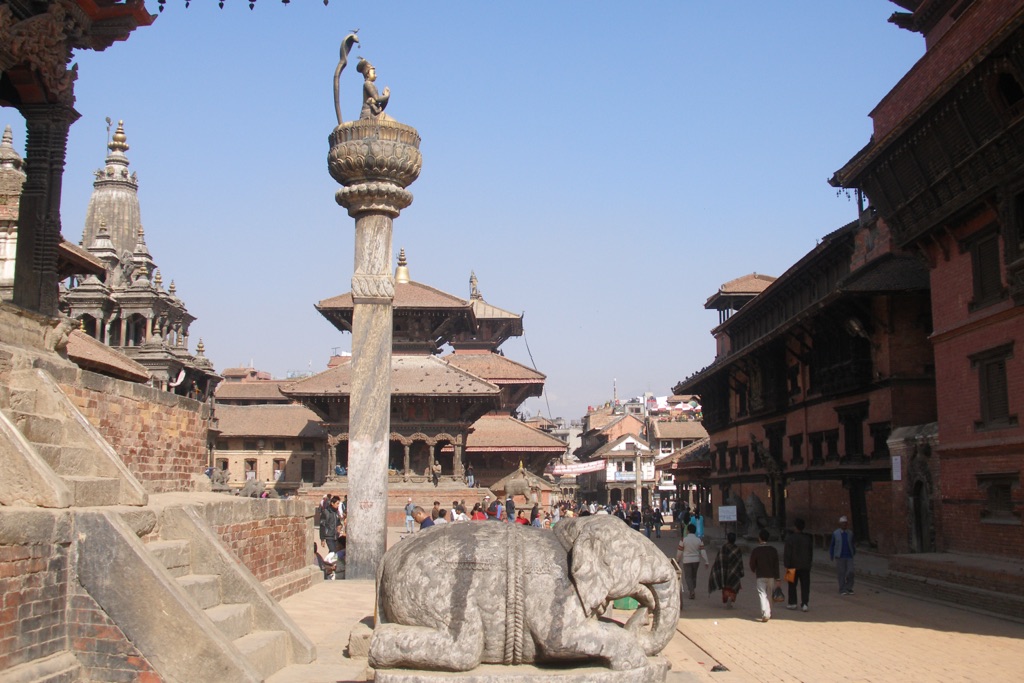Patan Durbar Square, nestled in the heart of Lalitpur, Nepal, is a marvel of Newar architecture. This UNESCO World Heritage Site is a testament to the city’s historical grandeur and cultural richness. The square is a cluster of ancient palaces, temples, and shrines, with their intricate woodwork and exquisite stone carvings. It has been the epicenter of religious and social life for centuries. The square’s history is deeply intertwined with the Malla kings who ruled over the Kathmandu Valley and left behind a legacy of art and architecture that continues to awe visitors to this day.
Get your dose of History via Email
Historical Background of Patan Durbar Square
The discovery of Patan Durbar Square is not attributed to a singular event or person. Instead, it evolved over centuries, with contributions from various Malla kings. The square’s history dates back to the 3rd century when the city of Lalitpur was founded. However, most of the current structures were built during the Malla dynasty, between the 15th and 18th centuries. King Siddhinarsingh Malla is often credited with establishing the square’s layout.
Throughout history, Patan Durbar Square has been a royal palace for the Malla kings of Lalitpur. It served as their imperial court and administrative center. The square has witnessed numerous historical events, including royal coronations, political gatherings, and cultural festivities. It has also been a focal point for arts and learning, attracting scholars, artists, and craftsmen from across the region.
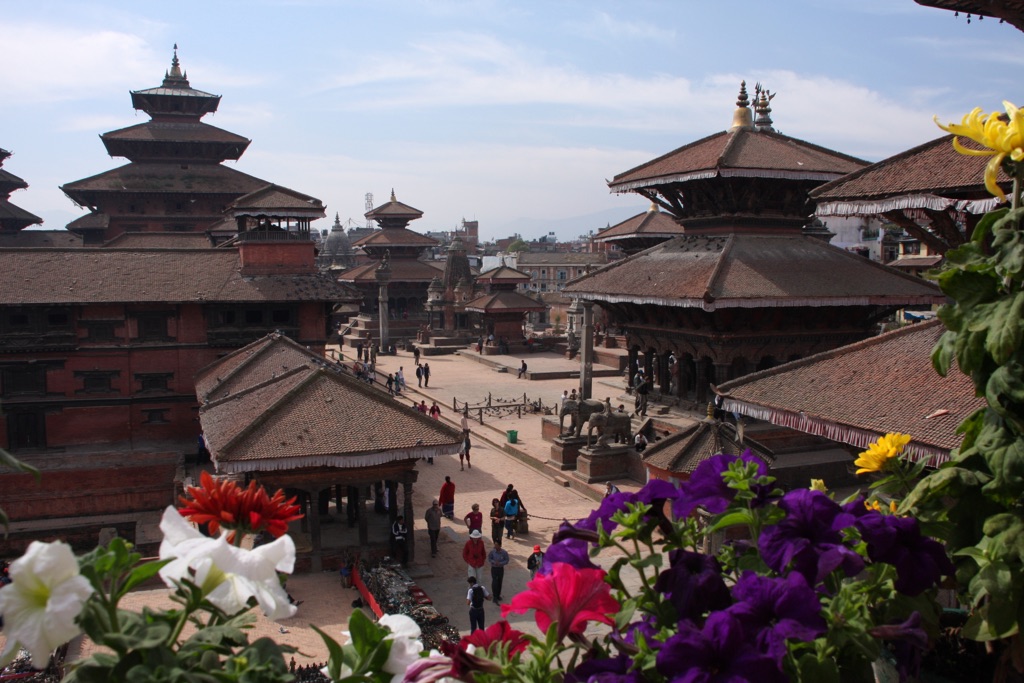
After the decline of the Malla dynasty, the square continued to be a hub of activity. It was later inhabited by the Shah kings and Rana prime ministers who added their touches to the square. The palace complex was the scene of key political events, including the Kot Massacre in 1846, which reshaped the political landscape of Nepal.
Despite the 2015 earthquake that caused significant damage, Patan Durbar Square remains a symbol of resilience. The local community and international organizations have come together to restore and preserve its structures. This commitment to conservation ensures that the square remains a living heritage site, reflecting the enduring spirit of the Newar people.
The square’s significance goes beyond its architectural beauty; it is a place where history, religion, and daily life converge. It continues to be a place of pilgrimage for devotees and a source of pride for the residents of Lalitpur. The festivals and rituals that take place here are as vibrant today as they were centuries ago, keeping the traditions alive.
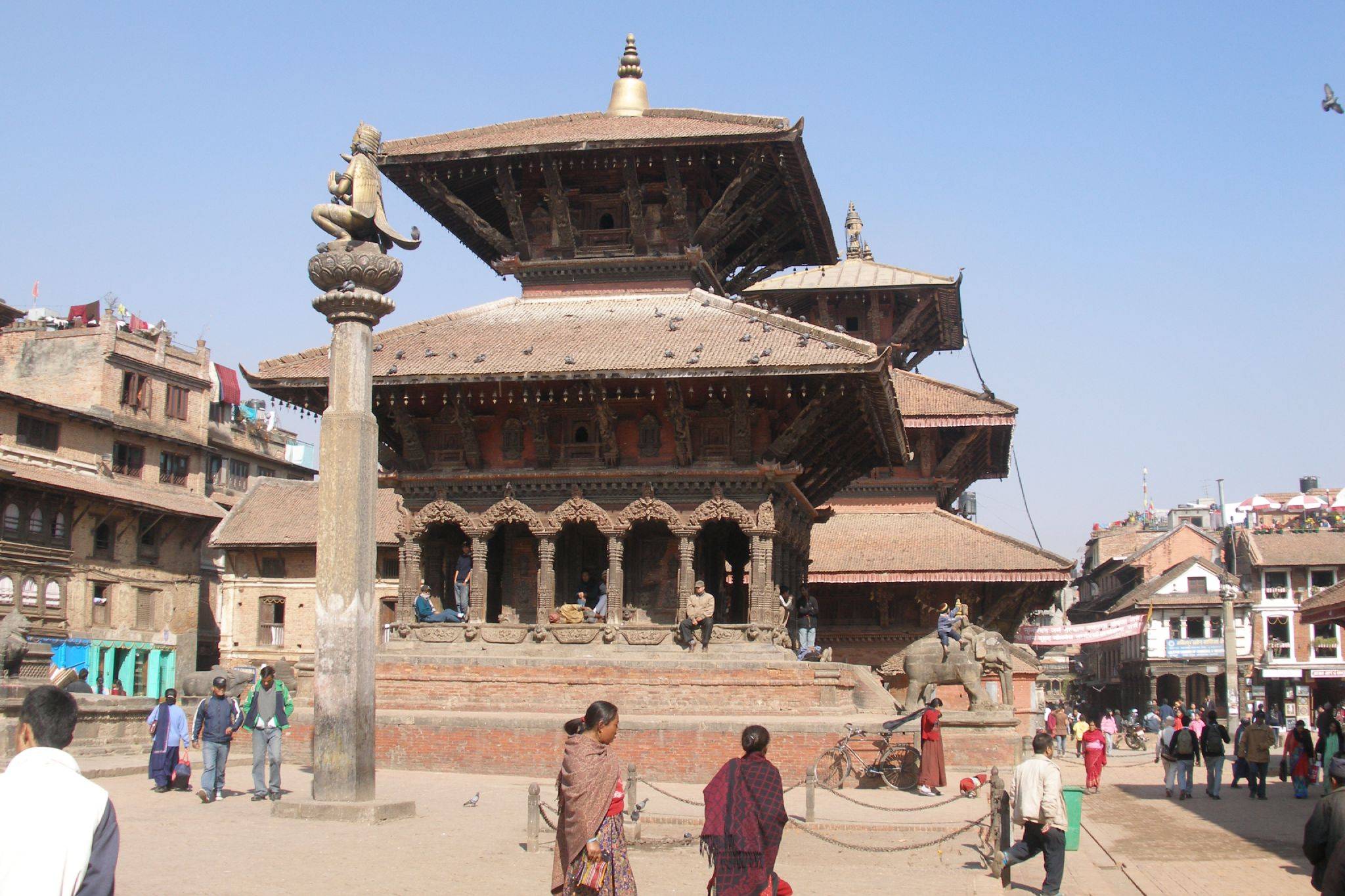
About Patan Durbar Square
Patan Durbar Square is a showcase of Newar architecture, characterized by its finely crafted woodwork and ornate stone sculptures. The square is home to a collection of buildings that reflect the architectural prowess of the Newar craftsmen. The former royal palace, now a museum, is the centerpiece of the square, with its three main courtyards: Mul Chowk, Sundari Chowk, and Keshav Narayan Chowk.
The buildings in Patan Durbar Square are made from locally sourced materials such as brick, stone, and wood. The use of tiered pagoda-style roofs, intricate lattice windows, and richly decorated facades are hallmarks of the structures here. The Krishna Mandir, built entirely of stone, is a notable example of Shikhara-style architecture and is adorned with scenes from the Mahabharata and Ramayana.
One of the architectural highlights of the square is the Patan Museum. It houses a vast collection of bronze statues and religious objects, showcasing the craftsmanship of the Newar artists. The museum building itself is a restored palace and is considered one of the finest examples of a traditional residential Malla architecture.
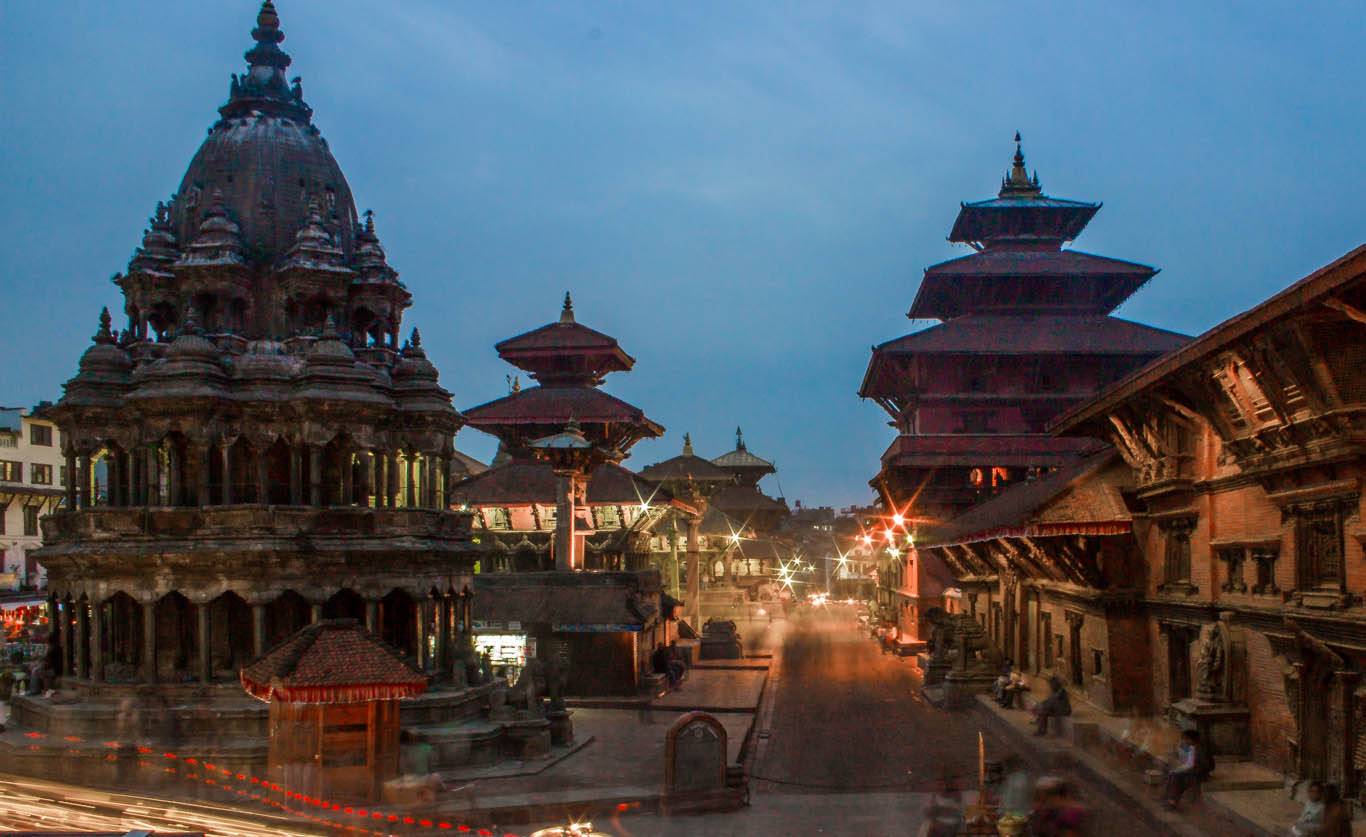
The square’s layout is a testament to the urban planning skills of the Malla kings. It is designed to facilitate both the private functions of the royal family and public ceremonies. The integration of sacred and secular spaces within the square reflects the holistic worldview of the Newar civilization.
Each structure within Patan Durbar Square has a story to tell. The Taleju Bhawani Temple, for instance, is a sacred site for both Hindus and Buddhists and exemplifies the religious syncretism prevalent in Nepal. The temple’s three-tiered platform and intricate wood carvings are a sight to behold, representing the spiritual and artistic heritage of the city.
Theories and Interpretations
Several theories and interpretations surround Patan Durbar Square, reflecting its rich history and cultural significance. One theory suggests that the square was designed as a mandala, representing the Buddhist concept of the universe. This is evident in the square’s symmetrical layout and the positioning of the temples and palaces.
Another interpretation relates to the use of the square. It was not only a royal residence but also a center of power and a stage for elaborate rituals and festivals. Some scholars believe that the architecture of the square was intended to reflect the divine authority of the king, with the palace at the center symbolizing his central role in governance and religion.
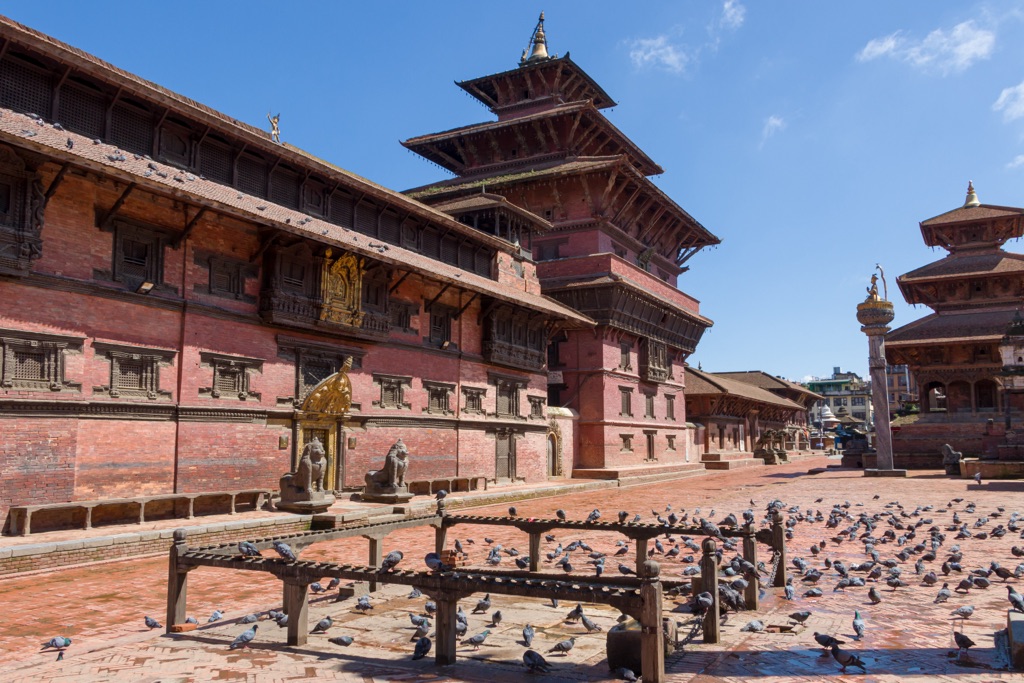
Mysteries also abound in Patan Durbar Square. For instance, the purpose of certain buildings and the meanings behind some carvings are not fully understood. These elements are often matched to historical records and oral traditions to piece together their significance.
Dating the structures within Patan Durbar Square has been carried out using various methods, including architectural styles, inscriptions, and historical documents. Carbon dating and other scientific techniques have also been employed to ascertain the age of some of the wooden elements.
The interpretations of Patan Durbar Square are numerous, and each visit can offer a new perspective. The square is a living museum, and as restoration efforts continue, new discoveries are made, adding layers to our understanding of this historical site.
At a glance
Country: Nepal
Civilization: Newar
Age: Founded in the 3rd century, with most structures from the 15th to 18th centuries AD
Conclusion and Sources
Reputable sources used in creating this article:
- Wikipedia: https://en.wikipedia.org/wiki/Patan_Durbar_Square
- Britannica: https://www.britannica.com/place/Patan

